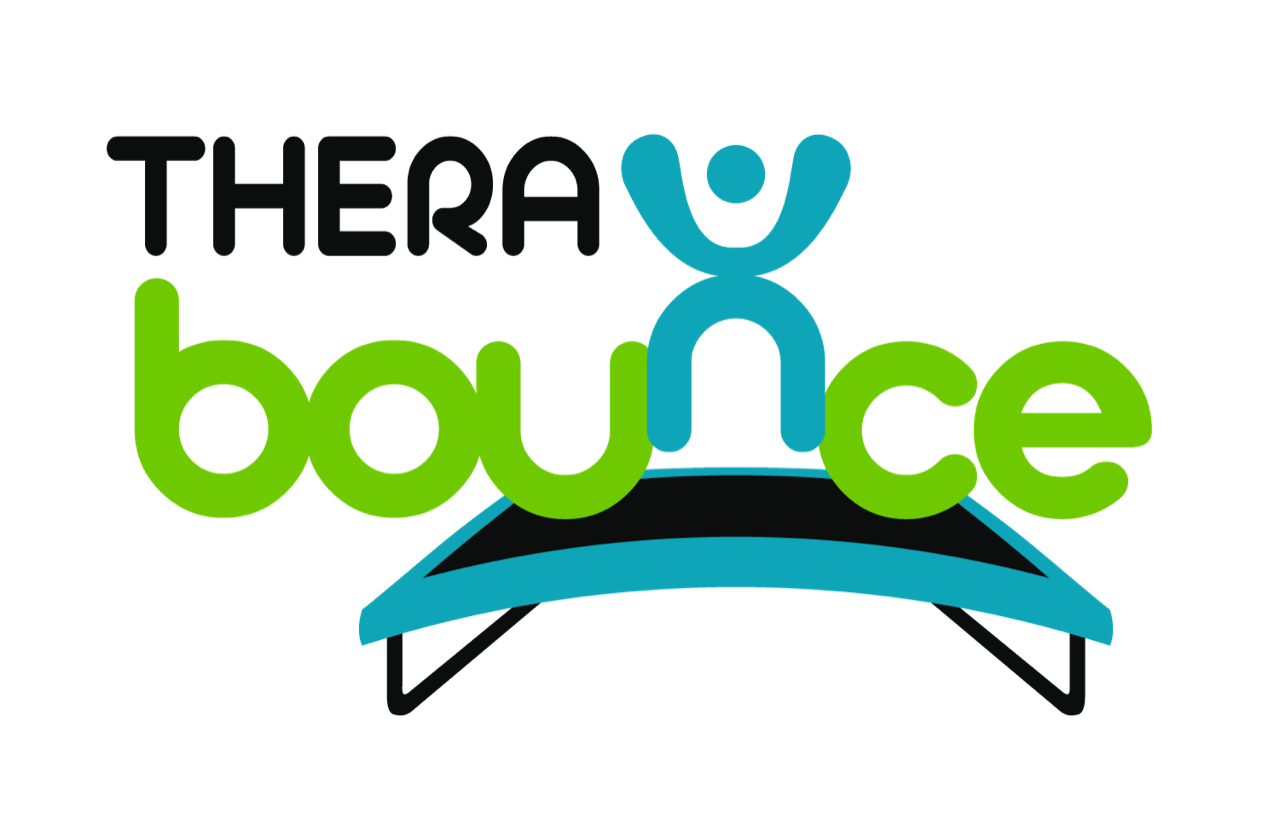Research
This case study assessed the effect of the rebound therapy on the gross motor function abilities in a child with spastic CP. An 8 year old girl with spastic CP of Level I on the Gross Motor Function Measure-88 and graded 1 on the Modified Ashworth Scale (MAS) was selected to undergo the rebound therapy program using a mini trampoline. The comparison of pre- and post- treatment results showed that rebound therapy improved the total gross motor function abilities by 3.8%, the sitting function by 5%, the kneeling and crawling functions by 3%, the standing function by 2.7% and the walking, running and jumping functions by 8% in a child with spastic CP.
Kora, A.N. and Abdelaziem, F.H., 2020. The Effect of Rebound Therapy on Gross Motor Functions in a Child with Spastic Cerebral Palsy: A Case Study. BioScientific Review, 2(3), pp.1-7.
This study investigated the effectiveness of 8 weeks of rebound therapy on improving perceptual-visual coordination and social development of students with learning disabilities. There was a 13.3% change in visual-motor coordinate scores following the 8 weeks of rebound therapy. There was also a significant difference between experimental and control groups in terms of social development.
Osivand, P. and Rsahidi, H.H., 2020. The Effectiveness of Rebound Therapy on Improving Perceptual-Visual Coordination and Social Development of Students with Learning Disabilities.
Research compared the effect of rebounding exercise and whole body vibration (WBV) on functional capacity, genu recurvatum angles, and bone mineral density in children with Down syndrome. Results revealed that both rebounding exercises and WBV are effective in correcting genu recurvatum, increasing low bone mineral density and functional capacity for the children with Down syndrome.
Mohamed, R.A., Abd El Aziz, A.S. and Aboelazm, S.N., 2015. Effects of Rebounding Exercises versus Whole Body Vibration on Functional Capacity, Genu Recurvatum Angle and Bone Mineral Density in Children with Down Syndrome. Journal of Advances in Medicine and Medical Research, pp.847-860.
The aim of this study was to examine the impact of 8 weeks of rebound therapy on postural control of hearing-impaired people. The results showed significant differences between dynamic balance and static balance (postural control) in subjects of experimental compared to the control group after participating in rebound therapy exercises.
Ghavaminejad, M. and Ghasemi, G.A., (2016) The impact of rebound therapy on postural control of hearing-impaired people. Speciality Journal of Sport Sciences, 1 (1), pp. 24-34.
A individualized exercise program which included a core element of Rebound Therapy was delivered to adults with PMLD over a 16-week period. A series of positive effects were seen for participants post-intervention including decreases of frequency of challenging behaviors, increases in quality of life and increased alertness.
Jones, M.C., Walley, R.M., Leech, A., Paterson, M., Common, S. and Metcalf, C. (2007) Behavioral and psychosocial outcomes of a 16‐week rebound therapy‐based exercise program for people with profound intellectual disabilities. Journal of Policy and Practice in Intellectual Disabilities, 4 (2), pp. 111-119.
This study aimed to provide insight into the effect of neuromuscular electrical stimulation (NMES) on the quadriceps muscles versus rebounding exercise on the degree of Genu Recurvatum in hypotonic cerebral palsy children over a three-month period. The results revealed statistically significant improvement in the measuring variables of both groups when comparing their pre and post treatment mean values. Comparing the two groups’ post –treatment variables, significant difference is revealed in favor of the rebounding study group.
Sherief, A.A.A. and Hamed, S.A., 2013. Electrical Stimulation versus Rebounding Exercise on the Degree of Genu Recurvatum in Children with Central Hypotonia. Life Science Journal, 10(1).
Research has assessed the effect of a long-term trampoline-based training program in the motor proficiency and muscle strength of the lower limbs of children with ASD. After the training program there was a significant progress in fine motor integration, bilateral coordination, and balance, thus concluding that motor proficiency improved for the children that participated in the trampoline-based training program. The participant’s speed and agility, as well as lower limb strength improved significantly with the training program as well.
Lourenço, C., Esteves, D., Corredeira, R. and Seabra, A. (2015) The effect of a trampoline-based training program on the muscle strength of the inferior limbs and motor proficiency in children with autism spectrum disorders. Journal of Physical Education and Sport, 15(3), p.592.
Recommended Readings
A report on Rebound Therapy’s usefulness with Children with Disabilities
Tom Sanderson worked for a year as a support worker with a Rebound Therapy class, and has 4 years of experience working with children with additional needs. Tom recently qualified as a Rebound Therapist through this project, investigated and summarized the usefulness of Rebound Therapy when applied to children with a variety of disabilities.
The Bounce Book
The Bounce is the definitive new guidebook to rebound exercise, written by two devoted practitioners committed to sharing its transformative qualities
Therapeutic Trampolining for Children and Young People with Special Educational Needs: A Practical Guide to Supporting Emotional and Physical Wellbeing
This practical resource explores the benefits of therapeutic trampolining on children and young people with special educational needs.
Informative Webpages
-
The official UK body, worldwide federation, and consultancy for Rebound Therapy is ReboundTherapy.org. They are responsible for the development and provision of the certificated and accredited training courses, and for the development of overseas training partners.
-
Rebound Fitness has spent more than 15 years perfecting the design and manufacture process of their Rebounders.



